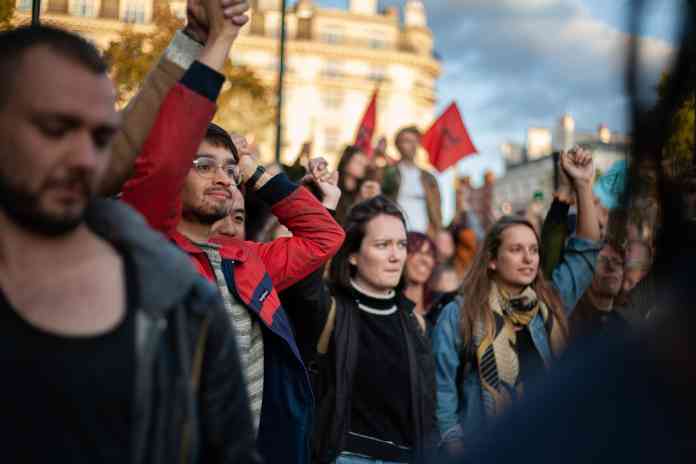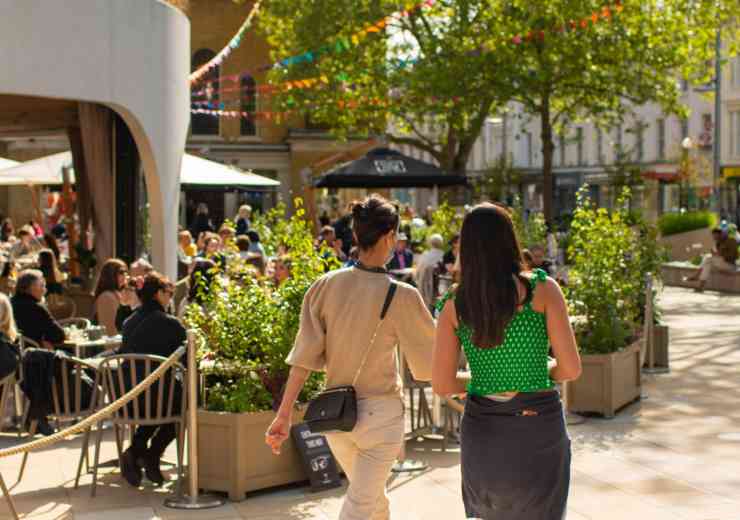
Physical security solutions and non-violent protests
Temporary physical security
With it looking likely that we will continue to see frequent protests taking place across the UK in the coming months, the police and local authorities must work closely together to ensure the safety of all in the vicinity, while also preserving stretched police budgets as much as possible. The greater implementation of physical security solutions could help greatly in both regards.
In many cases, police and local authorities have advance warning about the location of a protest, or route of a march. In others, as in April and October 2019, they are able to restrict assemblies to designated areas and contain protestors to some extent. This makes it possible for local authorities to put in place temporary security measures, such as barriers and bollards, in order to pedestrianise the areas and help to manage crowd movement.
Previously, local authorities would not have been able to erect effective barrier systems at such short notice due to their design. In city centres, the most common type of temporary security product used to protect crowded events tended to be large, surface mounted concrete barriers. While these do not require any kind of foundation, so can be installed relatively quickly and easily, they have some significant flaws which make them far from the ideal choice.
The design of the blocks means that points of entry and exit are extremely limited, with people only able to walk through certain designated gaps in the perimeter. This severely restricts the flow of pedestrians and can result in large queues and crowds of people on both sides of the barriers. Not only does this leave any people queuing on the outside vulnerable to attack, but it has been shown that some of these blocks slide on impact, which means they have the potential to create a crushing effect that would be incredibly dangerous for those on the inside too.
Fortunately, there are now a range of temporary surface-mounted bollards and barriers available that have been specifically designed to protect crowds from external threats, such as vehicle attacks, and can be deployed by just a few people in a matter of hours.
These lightweight systems can be rented for either short-term or longer-term leasing, making them suitable for all local authorities, whether they need to deploy them regularly or on a one-off basis, and their compact, modular design means that they are easy to transport and store as needed.
The barriers are designed to allow people to flow in and out of an area with minimal disruption, which prevents the unnecessary build-up of queues and crowds. Vehicle access points can also often be added to allow authorised emergency service vehicles to gain access in just minutes in the event of an emergency. As an additional benefit, while all barriers should be physically supervised and are not a substitute for police presence, the use of barriers can reduce the number of police required.
Deploying temporary physical security measures is just one of the ways that local authorities can support police officers when it comes to securing non-violent protests. Ensuring the safety and security of all involved – whether part of the protest or not – should be a key priority, and will help to keep disruption to the community to a minimum.
















